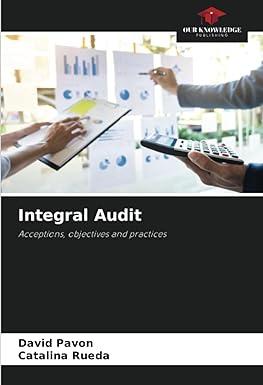Question
Consider a simplified Social Accounting Matrix for the United States in which we consider the flow of money among three institutional agents of the economy:
Consider a simplified Social Accounting Matrix for the United States in which we consider the flow of money among three institutional agents of the economy: Households (H), Firms (F), and Government (G). Each of these agents possesses a certain amount of wealth, h, f, and g respectively. The agents pay each other at the following yearly rates:
(H) pays (F) at a rate of 50% (of h) per year (consumer spending).
(F) pays (H) at a rate of 50% (of f) per year (wages).
(H) pays (G) at a rate of 5% (of h) per year (taxes).
(F) pays (G) at a rate of 10% (of f) per year (taxes).
(G) pays (H) at a rate of 100% (of g) per year (government wages, entitlements, and bonds).
(G) pays (F) at a rate of 40% (of g) per year (government contracts).
Additionally, All three agents enjoy a 3% interest rate on any wealth they posses (i.e., each year h grows by 3% of h per year, f grows at a rate of 3% of f per year, and g grows at a rate of 3% of g per year)
Additionally, we consider wealth leaving the system as follows:
(G) pays interest 0.4 trillion dollars on debt to foreign governents each year.
(F) pays 0.6 trillion dollars to foreign entities in net imports.
Answer the following.
1. Use the data above to write down a system of differential equations for h, f, and g.
2. Are there any equilibria? Are they stable? 3. In the U.S., we currently have h = 82, f = 35, and g = 8 (in trillions). Which of the three should we forecast to increase and which should we forecase to decrease?
4. Solve the initial value problem using the system of ODEs from part (a) and the initial data from part (b). (You should use a calculator for computing eigenvalues.)
Step by Step Solution
There are 3 Steps involved in it
Step: 1

Get Instant Access to Expert-Tailored Solutions
See step-by-step solutions with expert insights and AI powered tools for academic success
Step: 2

Step: 3

Ace Your Homework with AI
Get the answers you need in no time with our AI-driven, step-by-step assistance
Get Started


